Veterans Memorials: Designing a Tribute to Heroes
Topic: Veterans Memorials
Creating a veterans memorial is an act of profound respect and gratitude, a way to honor those who have served in the military. These memorials are not just structures or sculptures; they are symbols of national pride and individual sacrifice, designed to pay tribute to the heroes who have defended our freedoms.
Designing Veteran Memorials
The design process for a veterans memorial is a journey of reflection and homage. It involves understanding the significance of military service and the sacrifices made by service members. The primary objective is to create a space that resonates with deep respect and gratitude, offering a place for reflection, remembrance, and education.
Incorporating symbols and motifs that are significant to the military is a key aspect of designing these memorials. This could include insignias, flags, or depictions of service members in action. The choice of material also plays a crucial role, with granite being a popular choice due to its durability and solemn appearance. Granite memorials offer a sense of permanence and reverence, fitting for honoring those who have served.
Beyond the physical design, the location of the memorial is equally important. It should be a place that is accessible and meaningful, a site where people can come to pay their respects, reflect on the sacrifices made, and educate future generations about the importance of military service.
Personalized Involvement
The involvement of the community and veterans’ groups in the design process is crucial. Their input ensures that the memorial accurately reflects the experiences and sacrifices of those it is meant to honor. This collaborative approach can also help in creating a design that is universally respectful and representative of all branches of the military.
Bringing Community Together
Veterans memorials often serve as the focal point for community events on days of remembrance such as Veterans Day and Memorial Day. As such, the design should facilitate gatherings, ceremonies, and quiet reflection. Seating areas, pathways, and lighting are essential elements that contribute to the functionality and ambiance of the memorial.
Digital Experiences
In addition to traditional design elements, modern memorials may incorporate interactive or educational components, such as QR codes that lead to stories of veterans, digital databases, or augmented reality experiences. These modern touches can bring the stories of service members to life, creating a more engaging and informative experience for visitors.
A Timeless Tribute
Above all, the design of a veterans memorial should be a timeless tribute to bravery and service. It’s a physical manifestation of our collective memory and gratitude, a place where we can connect with our history and remember the heroes who have shaped it.
In designing these sacred spaces, it’s essential to approach the task with a deep sense of responsibility and honor. The result is not just a monument in stone, but a lasting legacy of remembrance and respect, a tribute to the men and women who have donned the uniform and pledged themselves to the service of their country.

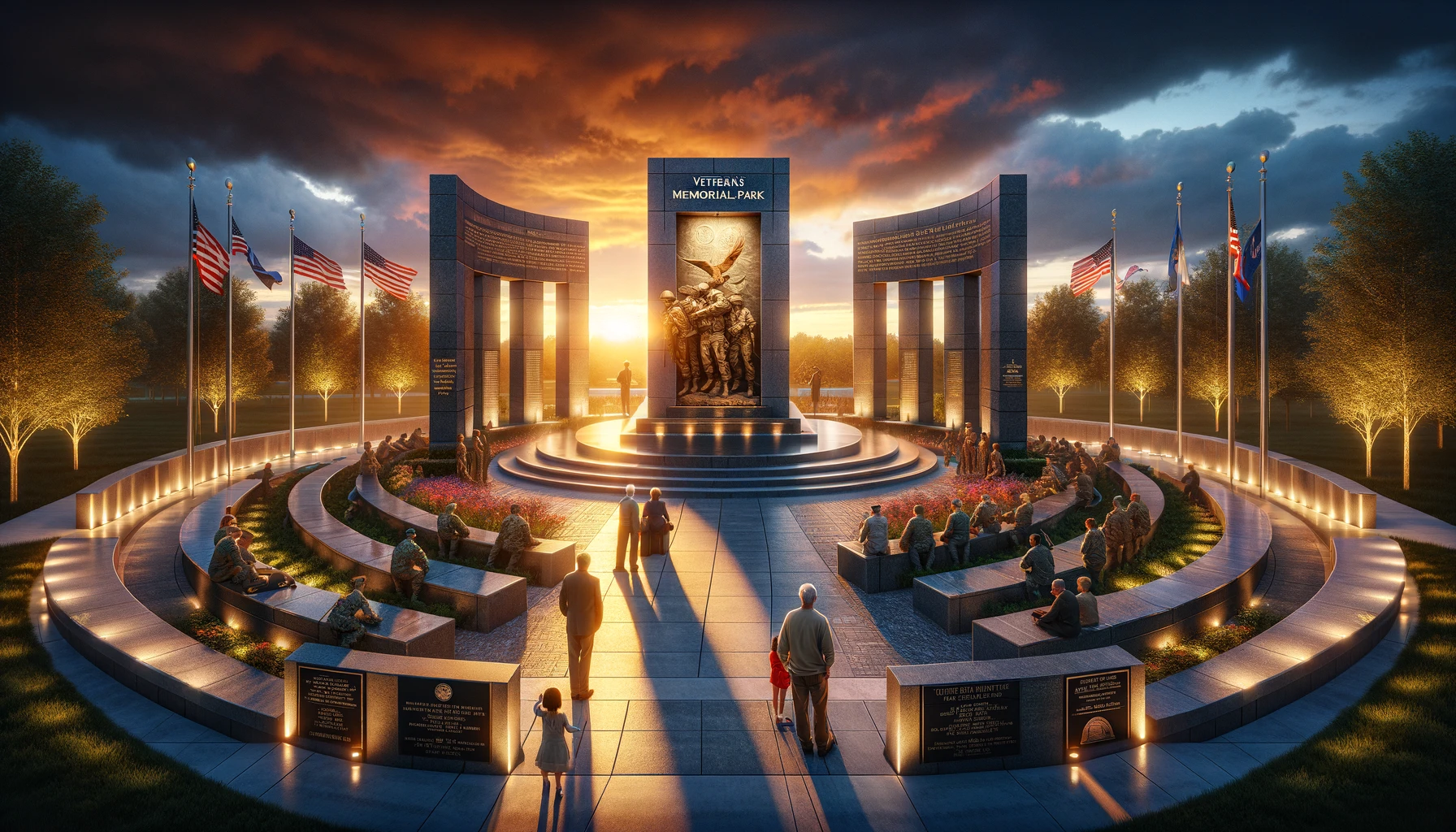
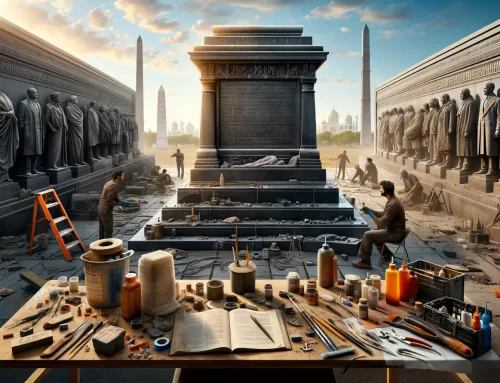
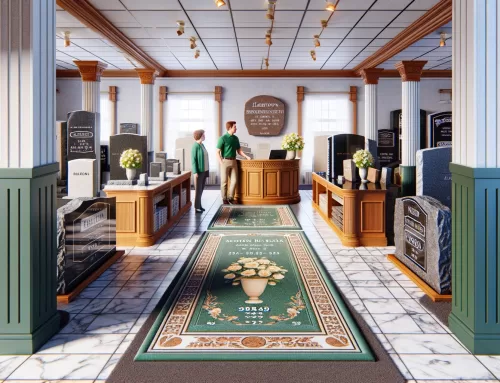
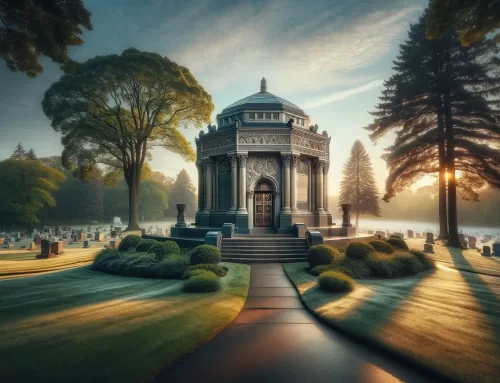
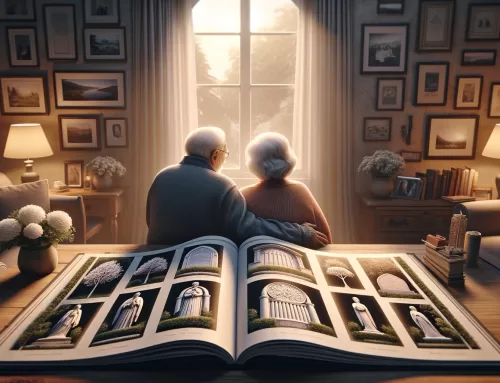
Leave A Comment